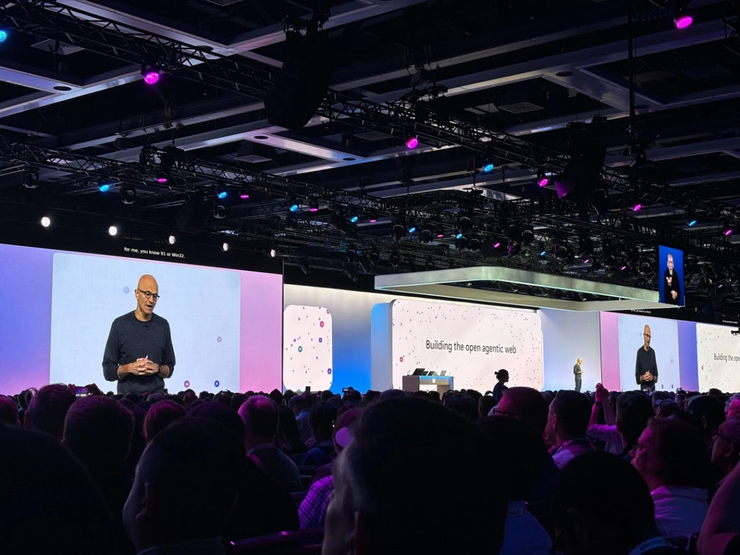The Scene
Thousands of coders and engineers gathered in Seattle this week for Microsoft Build, the company’s annual developer’s conference, where it released a slew of new products largely centered around AI-assisted coding and the build-out of agents that can automate labor.
The chatter at the conference, unaddressed by Microsoft executives during their keynotes on stage, was the extent to which the exact features the company is selling to developers will replace those same developers in due time.
“Is there going to be a Build 2035, or will there not be any more developers?” a software engineering vice president attending the conference told Semafor, joking that future conferences will be attended by all of our agents. “It feels like we are marching off a cliff.”
That’s not a talking point for Microsoft, though. It needs buy-in from regular businesses to recoup the billions it has spent on AI, including $80 billion this year on data centers alone. Announcements this week included a new GitHub Copilot coding agent, the ability for agents to delegate tasks to each other, and expanded support for Model Context Protocol.
The goal, according to Microsoft, is to free up engineers and allow them to be more creative. But these technologies may shrink (or wipe out) an entire class of junior developers who would have done this work previously.
Know More
The future of the software development workforce isn’t necessarily Microsoft’s problem to solve — other big tech companies are building features that will automate software work as well. It’s a product of the times.
Amanda Silver, a corporate vice president for Microsoft’s developer division, told Semafor she expects a redistribution of talent in the coming years that will lead to rampant growth in the startup space.
Independent ventures “are going to start getting seeded that are going to be much smaller than the previous generations of startups,” she said. “You’re going to need a smaller team to have as much impact.”


